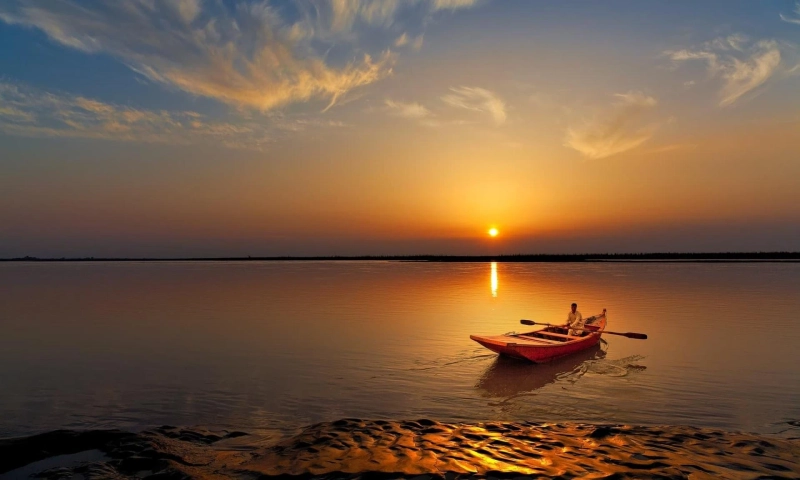Nestled between towering mountain ranges and vast deserts, Pakistan is blessed with a network of rivers that play a pivotal role in shaping its geography, economy, and culture. These rivers, originating from the Himalayas and other mountain ranges, crisscross the country, providing water for agriculture, energy generation, and sustaining diverse ecosystems. Let's delve into the details of some of the most significant rivers in Pakistan.
1. Indus River: The Mighty Backbone
The Indus River, often referred to as the "Sindhū" in Sanskrit, gives Pakistan its name and is the lifeline of the nation. Originating from Tibet, it traverses the entire length of the country, flowing through the provinces of Gilgit-Baltistan, Khyber Pakhtunkhwa, Punjab, Sindh, and ultimately empties into the Arabian Sea. The Indus Basin Irrigation System, one of the world's largest, supports agriculture in the fertile plains of Punjab and Sindh, contributing significantly to Pakistan's economy.
2. Jhelum River: The Hydropower Source
Originating from the Indian-administered region of Jammu and Kashmir, the Jhelum River flows through Azad Jammu and Kashmir before entering Pakistan. It's a major tributary of the Indus and plays a vital role in the hydropower sector. The Mangla Dam on the Jhelum is one of the largest dams in the world, contributing to both electricity generation and flood control.
3. Chenab River: The Majestic Flow
Flowing through the heartland of Punjab, the Chenab River is formed by the confluence of two major Himalayan rivers, the Chandra and Bhaga, in India's Himachal Pradesh. It enters Pakistan and merges with the Sutlej River before joining the Indus. The river supports agriculture, but its most significant contribution lies in its potential for hydropower generation.
4. Ravi and Sutlej Rivers: Historical Significance
The Ravi and Sutlej Rivers also have historical importance, with their waters once defining the boundaries of the Indus Valley Civilization. Today, they contribute to the irrigation systems in Punjab. However, the flow of these rivers into Pakistan has been significantly reduced due to water diversion by India's dam projects.
5. Kabul River: Connecting Cultures
Originating in Afghanistan, the Kabul River flows through Khyber Pakhtunkhwa before merging with the Indus River near Attock. Historically, it served as a vital trade route and contributed to cultural exchanges between South Asia and Central Asia.
6. Gomal River: Nurturing Arid Lands
The Gomal River flows through the arid regions of Balochistan and Khyber Pakhtunkhwa, sustaining agriculture through irrigation. It also holds cultural and historical significance as it was part of the ancient trade route known as the "Gomal Pass."
These rivers are not merely geographical features; they are the arteries that have sustained civilizations for millennia. However, they also face challenges due to climate change, water scarcity, and mismanagement. Sustainable water resource management is essential to ensure the continued prosperity of Pakistan and the well-being of its people, as these rivers remain the backbone of the nation's growth and development.


